Reaching 108 years of age, more than a century of existence, and having filled its long history with some of the most desirable automobiles ever is not something anyone can claim.
The century XXI brought new challenges — the automotive landscape has gone through its biggest period of change since the invention of the “horseless carriage” — so it is imperative to achieve solid but flexible foundations, which allow a quick adaptation to the constant and rapid changes of landscape.
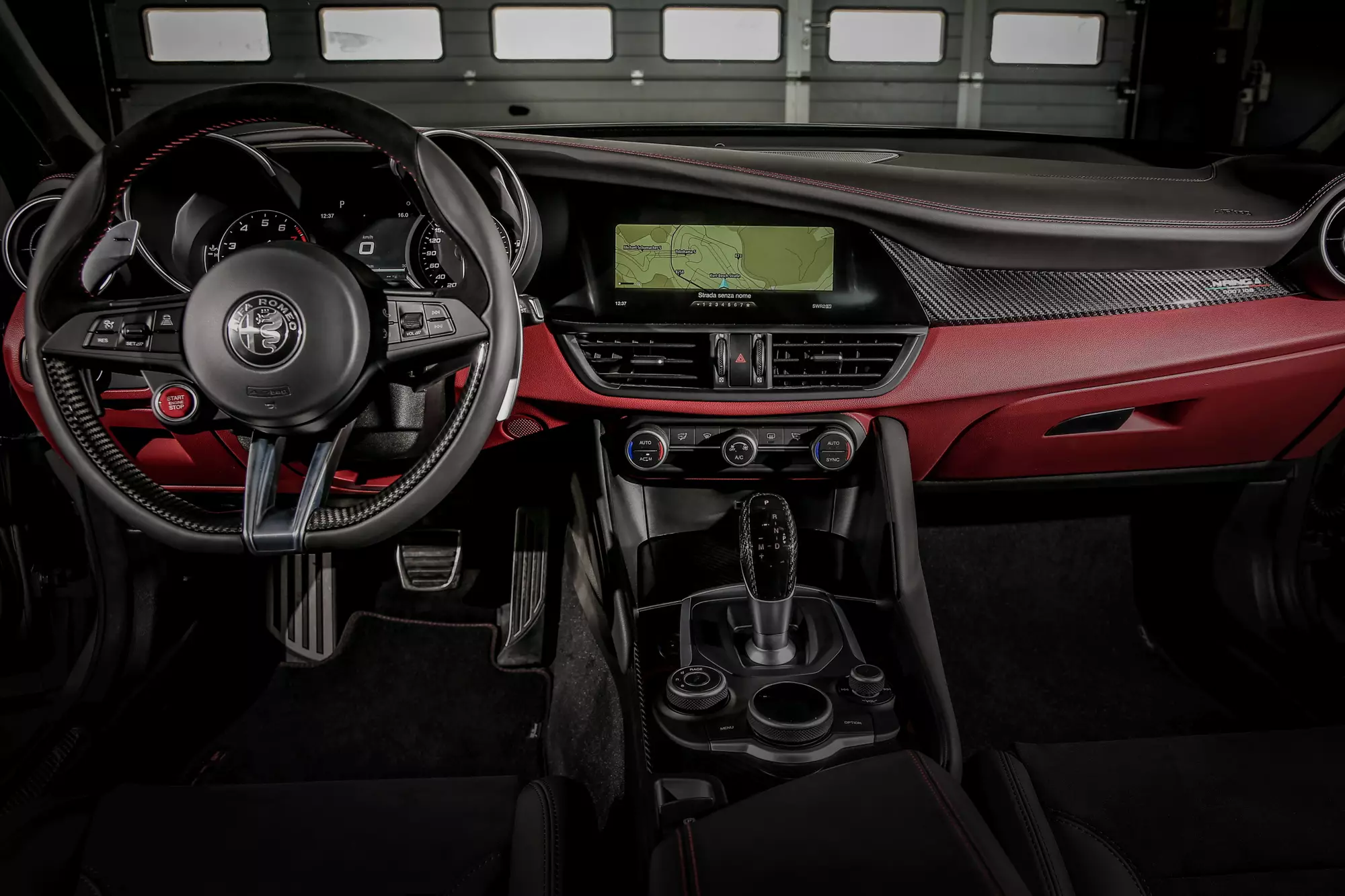
Alfa Romeo formed a “Skunk Works” in 2013, a team that put engineers, technicians and designers, working in unison to respond to all these new challenges, without ever losing sight of the essence of the brand.
Giorgio is born
From his work, a new platform would be born, the Giorgio. More than a new platform, it was a manifesto about the essence of Alfa Romeo. Giorgio marked the brand's return to the architecture that defined it for decades: longitudinal front engine and rear-wheel drive — with the possibility of having four-wheel drive — an essential condition to achieve the dynamic referential objectives it proposed, by allowing a balanced distribution of 50:50 weights.
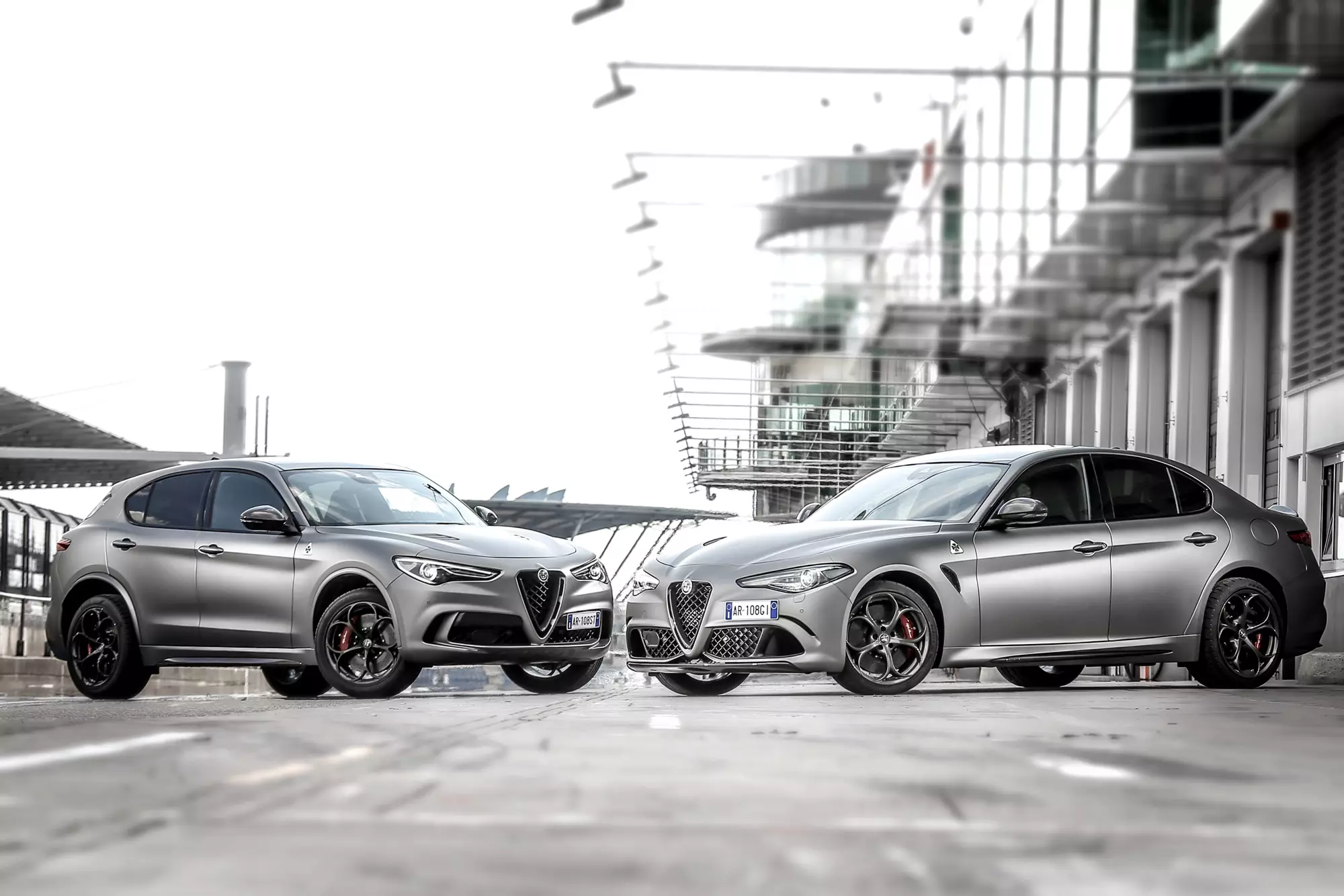
This platform uses the latest technologies and materials, in order to obtain a contained weight and high levels of rigidity, capable of guaranteeing referential levels of safety. But it is also flexible, allowing not only dimensional variability, but also different types of models to derive from it.
Giulia's return
Inevitably, the first model to be born from this new base would have to be a four-door saloon with the most evocative of names — Giulia. The new saloon, known on the day of the 105th anniversary of the brand in 2015, would come to us the following year, with the DNA of the “new” Alfa Romeo.
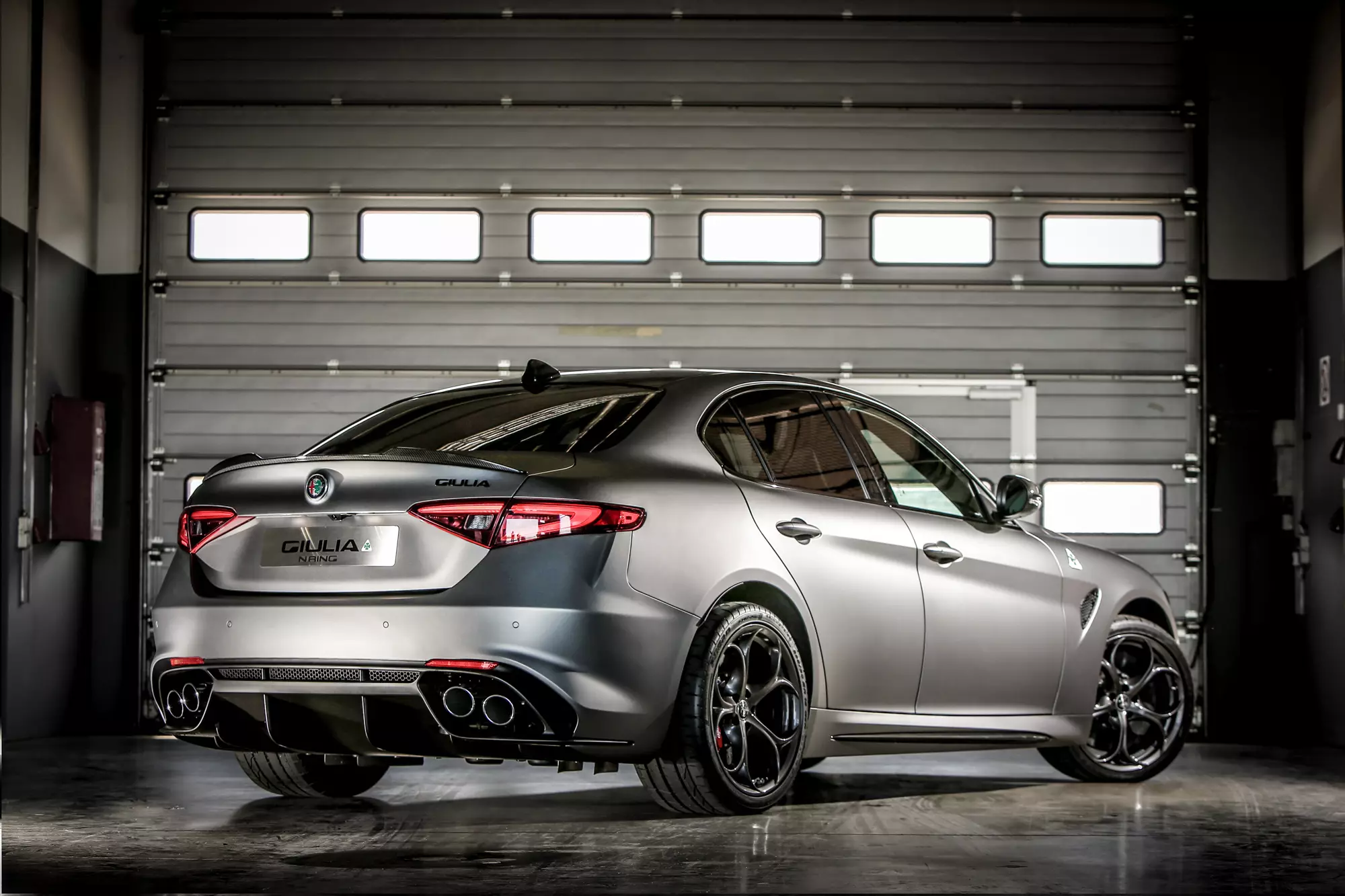
This DNA materialized, according to Alfa Romeo, in the design, dynamic behavior and performance of its engines — with the Alfa Romeo Giulia Quadrifoglio's 2.9 V6 Twin Turbo standing out.
Contrary to the industry, the Giulia Quadrifoglio — the most powerful variant with the highest performance — would be the first to be known, with the other versions deriving from it, allowing the same dynamic and driving characteristics to be extended to the rest of the Giulia range.
Stelvio, the first SUV
The flexibility of the Giorgio platform was put to the test a year later — the Stelvio was unveiled, Alfa Romeo's first SUV.

Due to the intrinsic nature of the model, it differs considerably from the Giulia, especially in terms of height and ground clearance.
The characteristics of the Giorgio platform were important for Alfa Romeo to achieve in an SUV, putting the DNA of the Italian brand: the dynamic and driving characteristics of the Stelvio were unanimously evident among all the specialists.
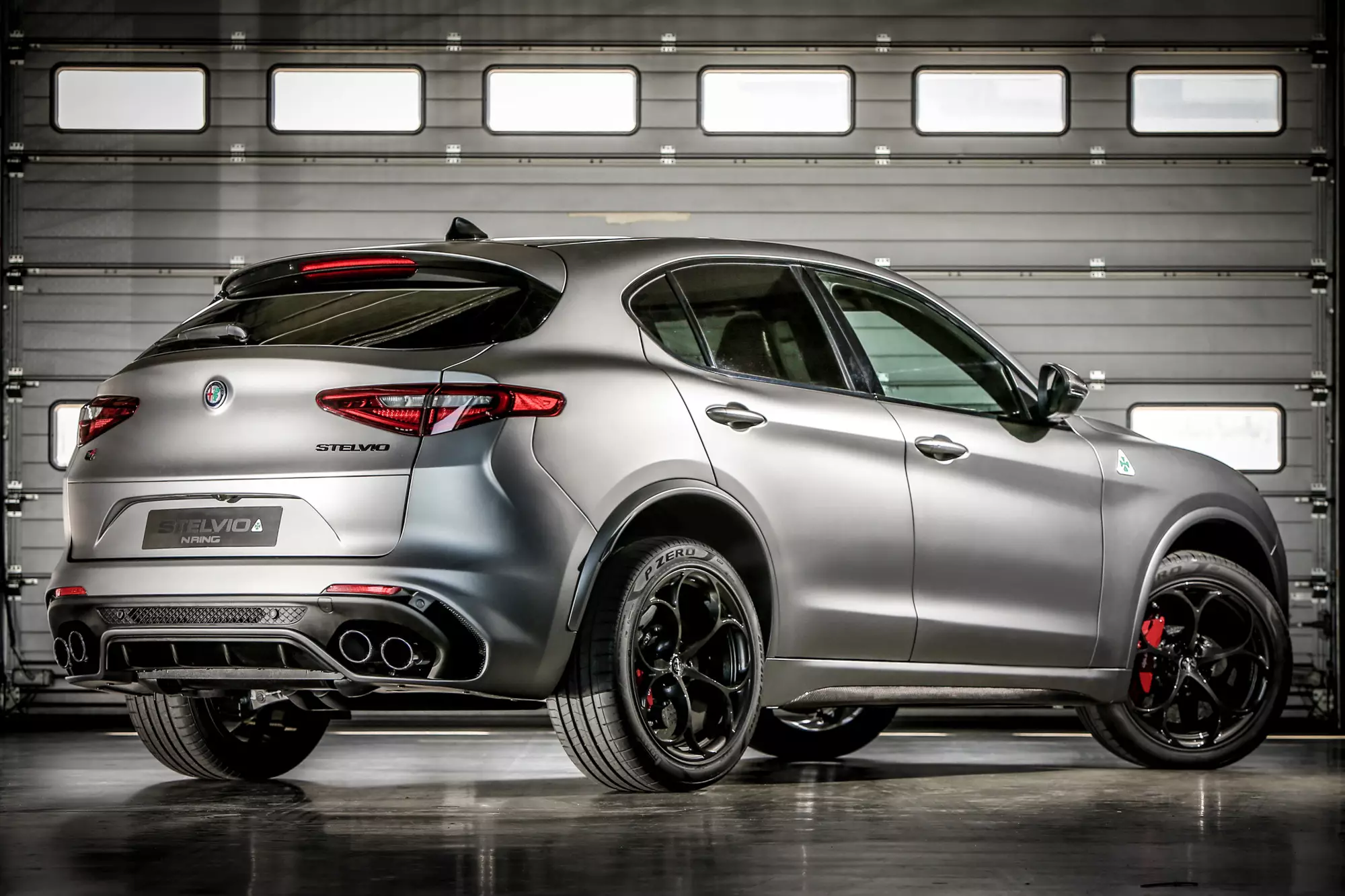
In a constant search for performance, Alfa Romeo introduced the Stelvio Quadrifoglio, which combines the 2.9 V6 Twin Turbo and 510 hp of the Giulia Quadrifoglio with all-wheel drive, redefining the limits of what an SUV can do.
different but equal
Giulia and Stelvio couldn't be more different in their purposes, but the technical proximity of the two is clear. Both share between them not only the V6 Twin Turbo of the Quadrifoglio versions, but also the other engines available.
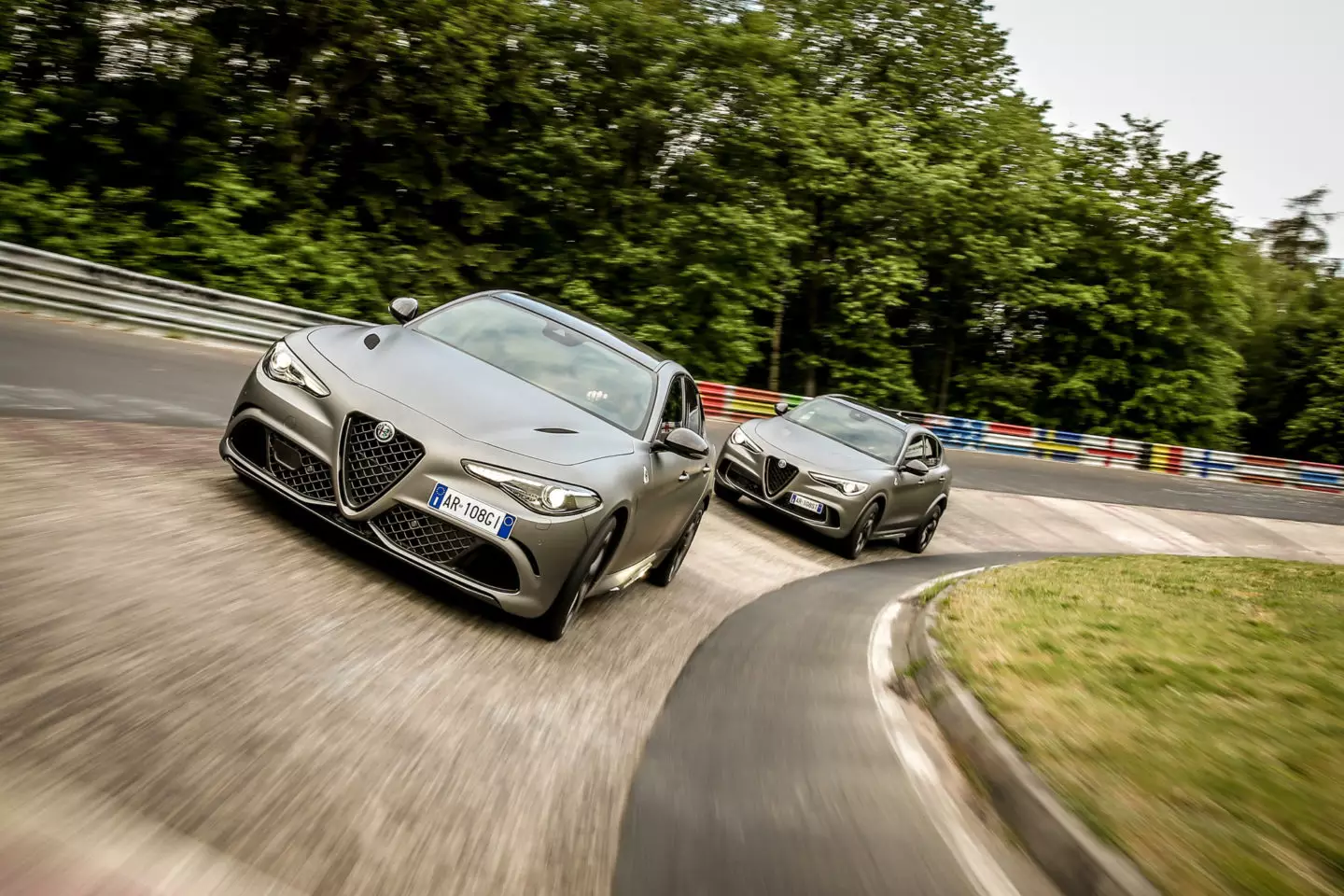
Still running on gasoline, both offer a 2.0 Turbo engine, with powers of 200 and 280 hp, always associated with an eight-speed automatic transmission. The 200 hp 2.0 Turbo, on the Stelvio, comes with rear-wheel drive and the 280 hp Giulia (Veloce), with all-wheel drive.
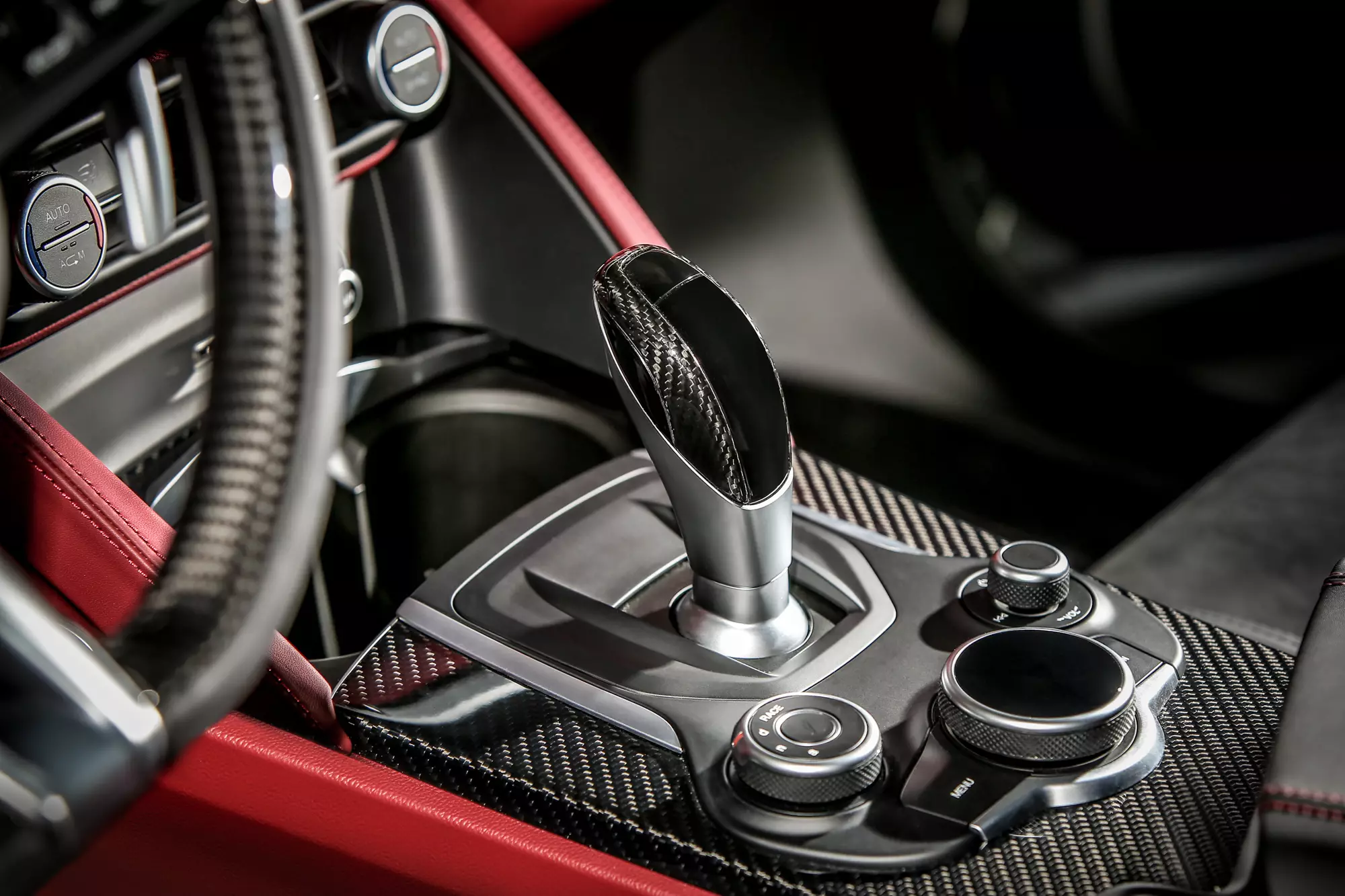
In Diesel engines we find the 2.2 Turbo Diesel engine, with powers of 150, 180 and 210 hp. On the Stelvio, the 2.2 Turbo Diesel 150 and 180 hp are only available with rear-wheel drive, but always with an eight-speed automatic transmission. On the Giulia, the 2.2 Turbo Diesel of 150 and 180 hp can be purchased with a six-speed manual gearbox, in addition to an eight-speed automatic gearbox.



